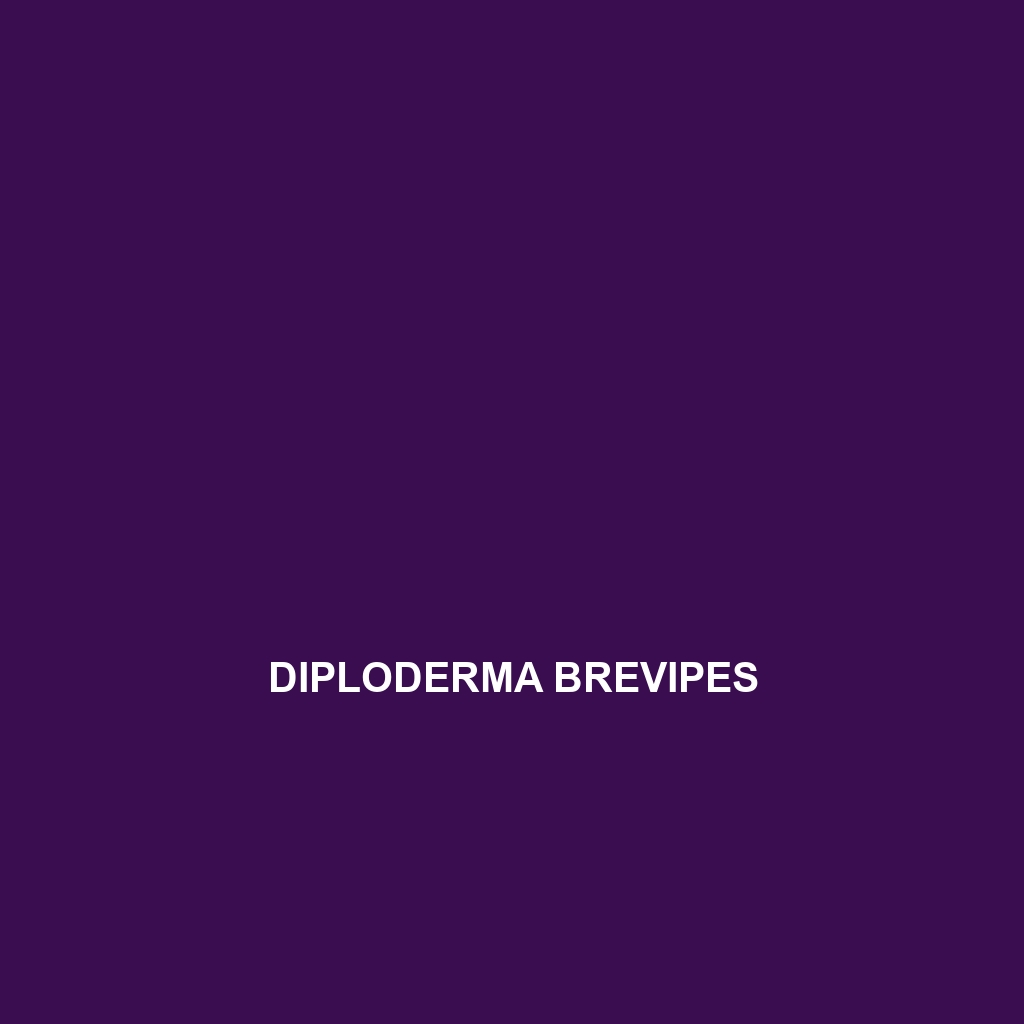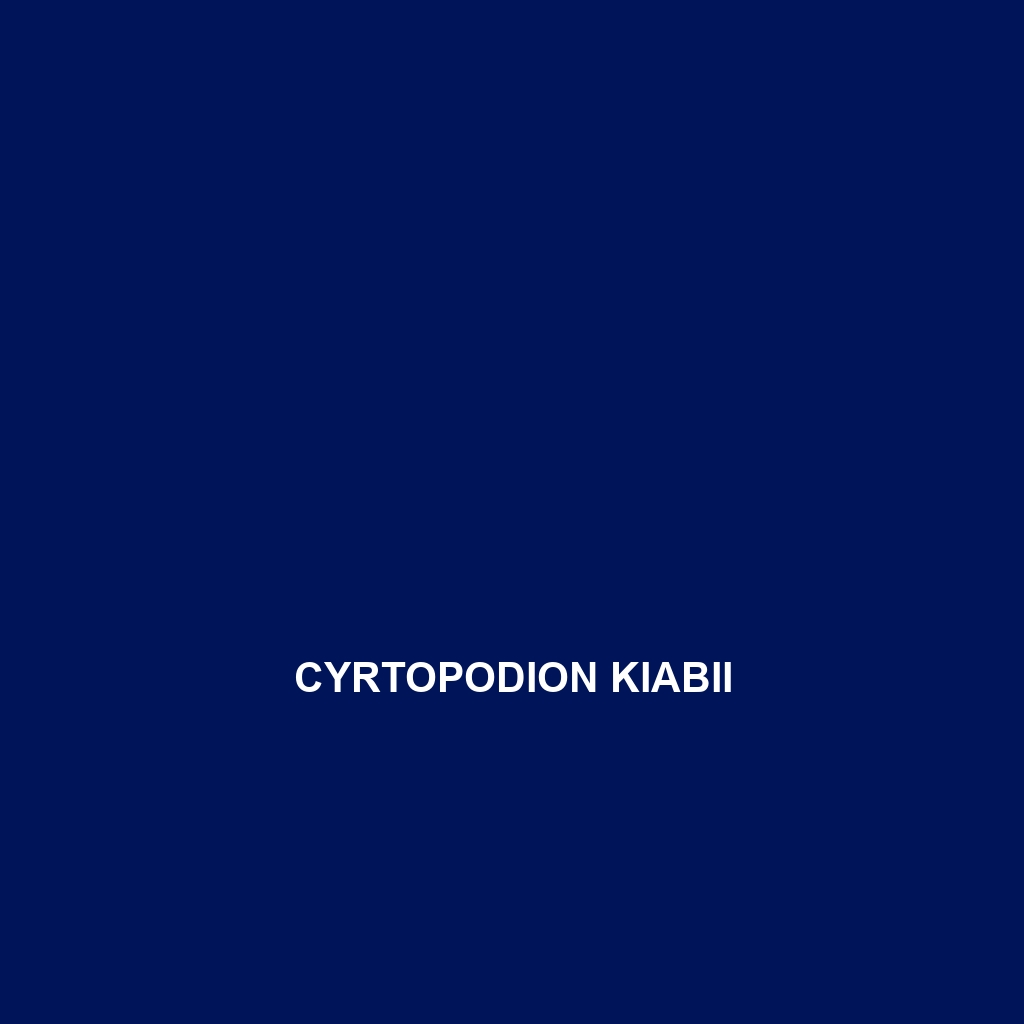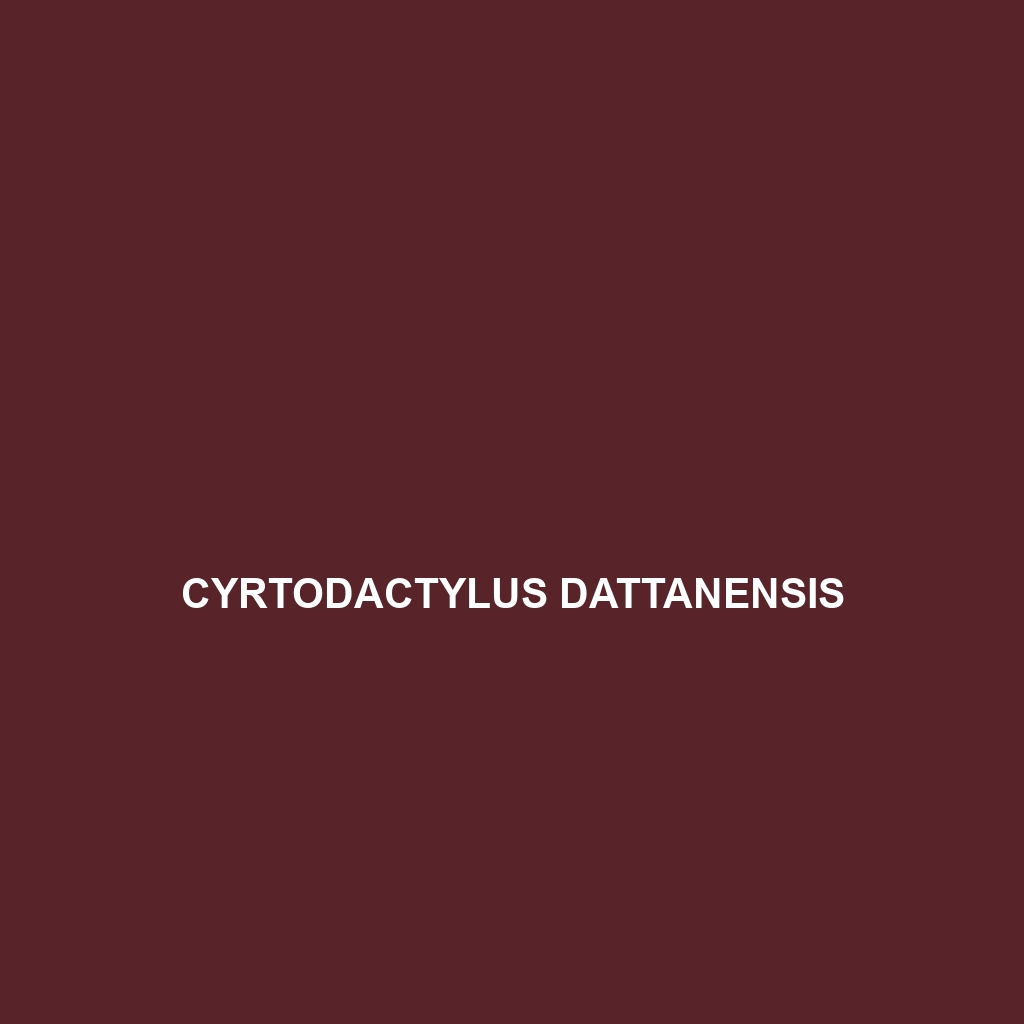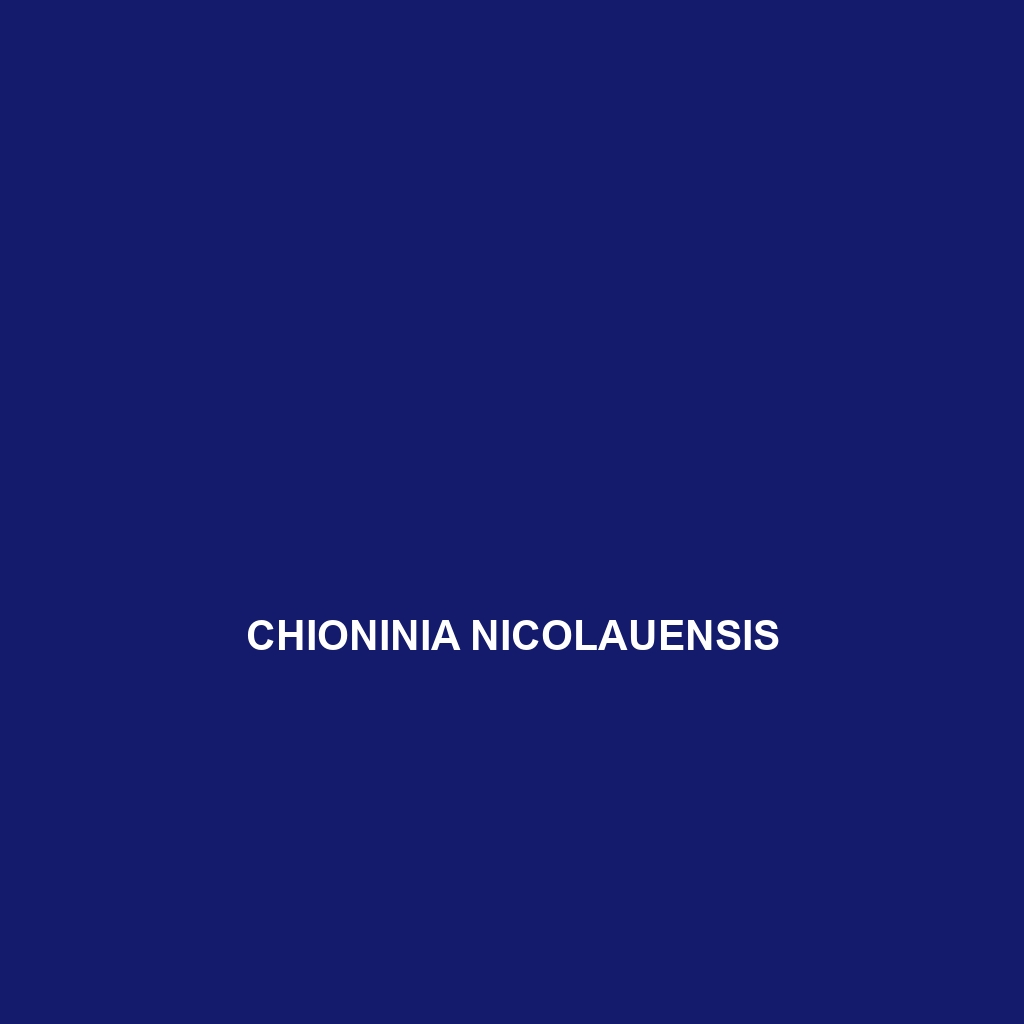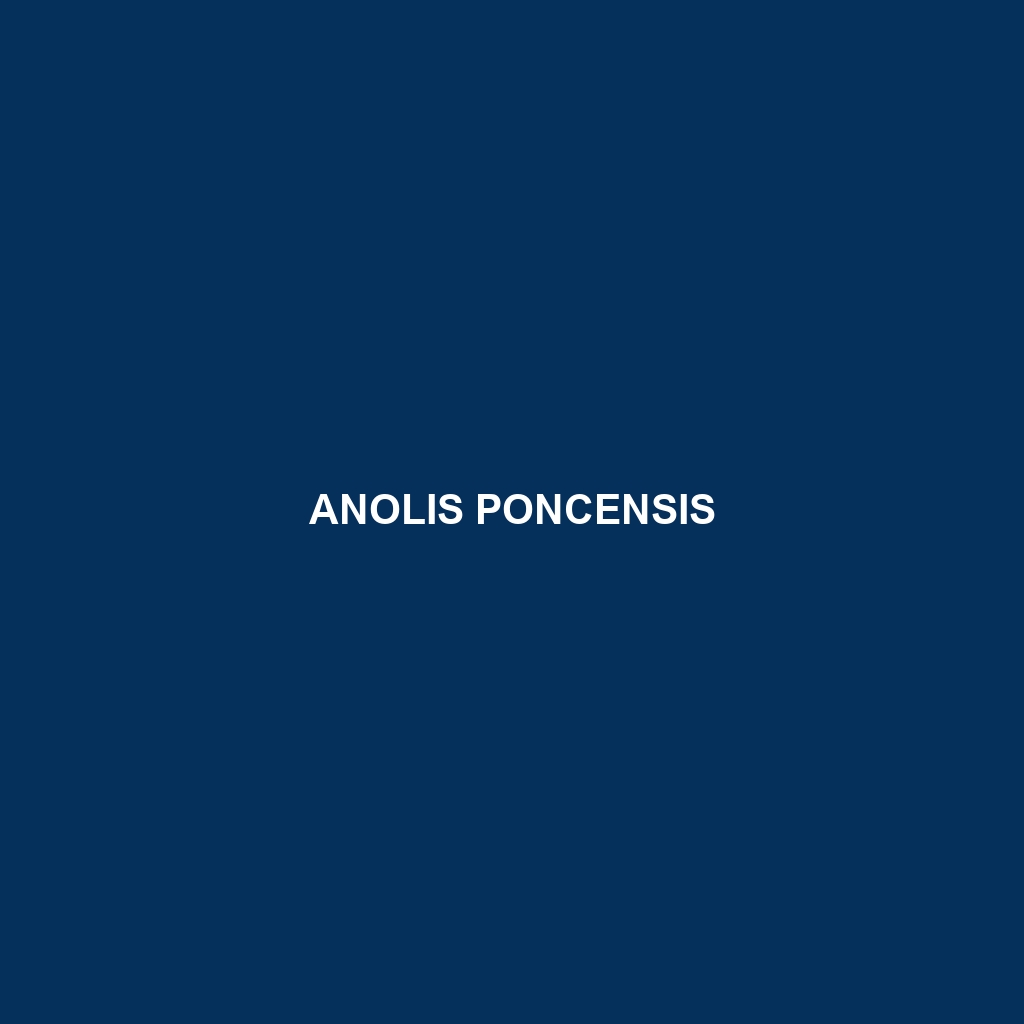Diploderma brevipes, a striking arboreal lizard from Southeast Asia, known for its slender body, long tail, and excellent camouflage. This insectivorous species thrives in humid subtropical forests and plays a vital role in maintaining ecological balance by controlling insect populations.
Tag: environmental resilience
Darevskia lindholmi
Darevskia lindholmi, commonly known as the Lindholm's Darevskia, is a medium-sized, insectivorous lizard found in the mountainous regions of the Caucasus, characterized by its variable brown and gray coloration, distinct spotting, and climactic adaptability. This species, measuring 15-20 cm in length, is classified as "Vulnerable" due to habitat loss and plays a crucial role in controlling insect populations within its ecosystem.
Cyrtopodion kiabii
Cyrtopodion kiabii, a nocturnal gecko native to the rocky, arid regions of southeastern Iran, known for its effective camouflage, insectivorous diet, and fascinating territorial behavior. This Vulnerable species plays a crucial role in maintaining ecosystem balance while showcasing remarkable adaptability to extreme environmental conditions.
Cyrtodactylus dati
Discover the Cyrtodactylus dati, a vibrant nocturnal gecko native to Southeast Asia's tropical forests, known for its unique coloration, adhesive toe pads, and important role in controlling insect populations. This vulnerable species thrives in limestone habitats, showcasing remarkable adaptability and a fascinating reproductive strategy.
Ctenotus youngsoni
Discover the Ctenotus youngsoni, a slender skink native to Australia's semi-arid regions, known for its distinctive brown and gray scales, diurnal behavior, and vital role in controlling insect populations. This adaptable species showcases remarkable resilience and plays a crucial part in maintaining ecological balance.
Ctenotus storri
Ctenotus storri is a medium-sized skink found in the arid regions of Australia, characterized by its striking brown and grey coloration, dark stripes, and agile daytime behavior. These insectivorous skinks play a crucial role in controlling insect populations and exhibit unique adaptations for survival in their diverse habitats.</p>
Cryptophis incredibilis
Discover the incredible snake (Cryptophis incredibilis), a stunning 1.2 to 1.5 meter-long species native to southeastern Australia, known for its striking olive green coloration and iridescent scales. Thriving in diverse habitats, this nocturnal predator is essential for maintaining ecological balance through its diet of small mammals, birds, and reptiles.
Chioninia nicolauensis
Chioninia nicolauensis, also known as the São Nicolau skink, is an endemic species found in the rocky and arid habitats of São Nicolau, Cape Verde. With an elongated body averaging 15 to 25 cm and a diet primarily consisting of insects, this agile diurnal lizard plays a crucial role in controlling local insect populations while facing conservation challenges due to habitat loss.
Chelodina mccordi
Introducing the Chelodina mccordi, or McCord's long-necked turtle, a vulnerable species native to the freshwater habitats of northern Australia, renowned for its distinctive elongated neck and omnivorous diet. This unique turtle thrives in tropical climates, playing a crucial role in maintaining the health of aquatic ecosystems.
Anolis poncensis
Discover the vibrant Anolis poncensis, a 5-7 inch lizard native to the tropical forests of Puerto Rico, known for its striking color variations and distinctive dewlap used in communication. This agile climber plays a vital role in its ecosystem as an insectivore and is currently classified as vulnerable due to habitat loss and invasive species.
